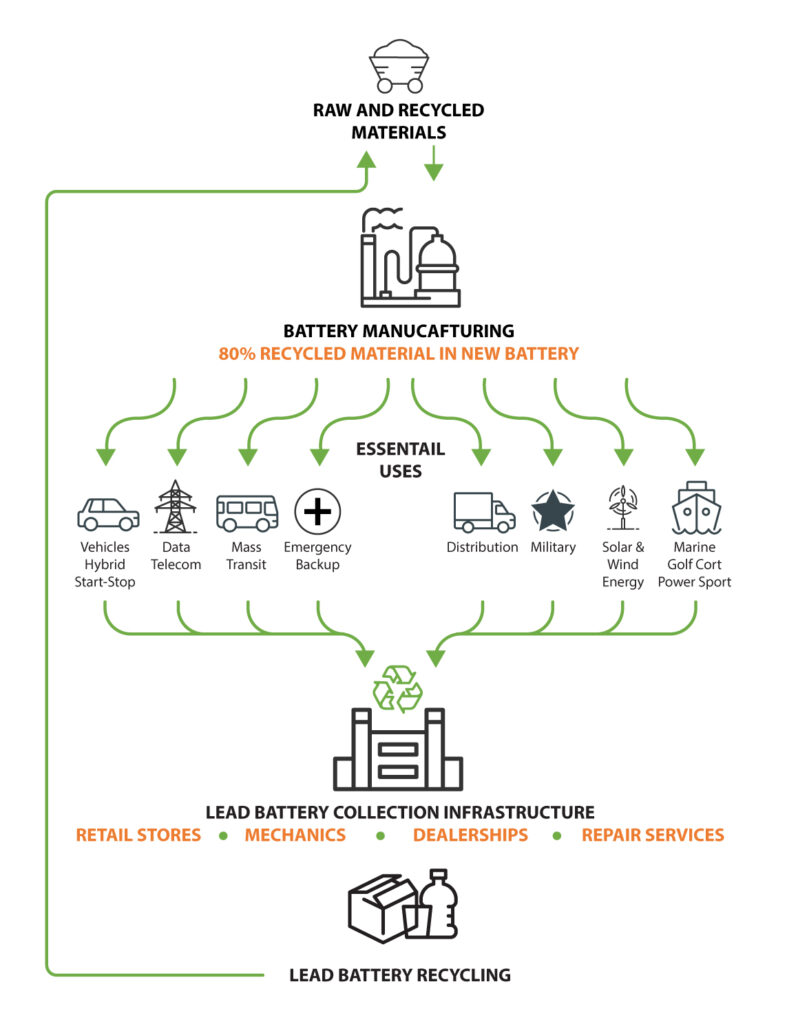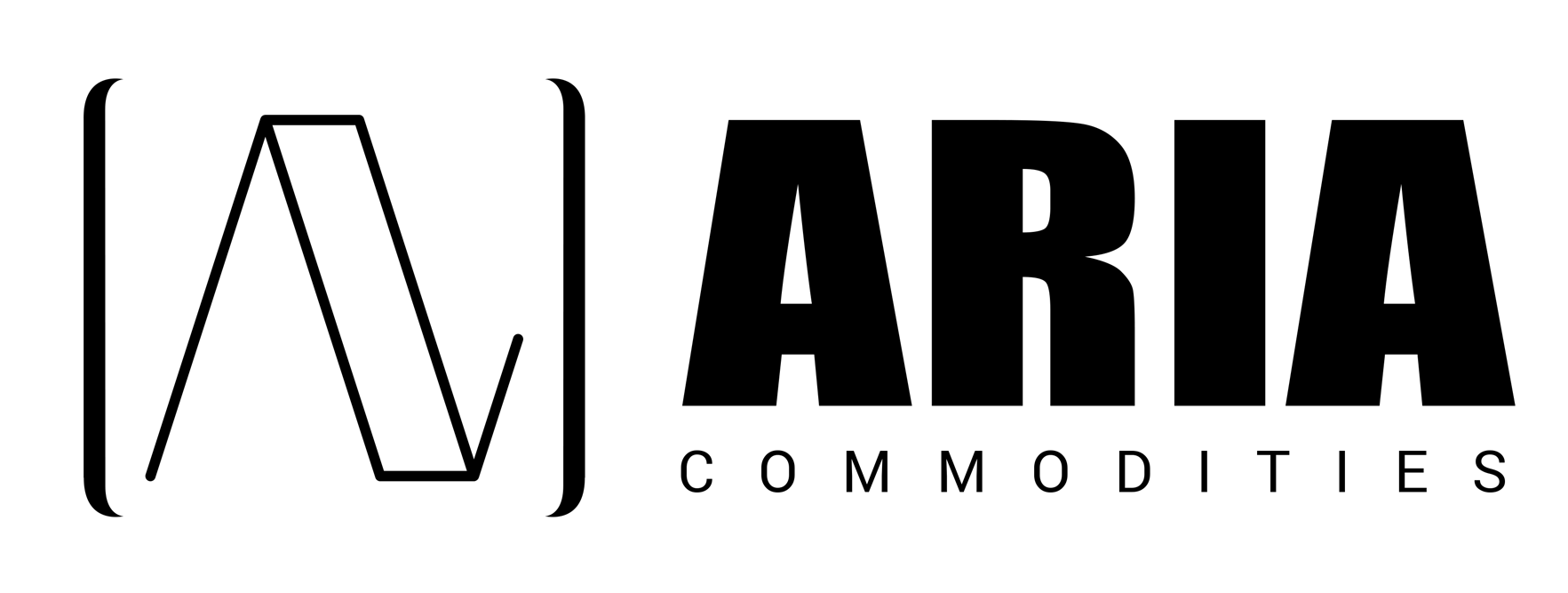Close
Battery Recycling and the Need for Closed-Loop Supply Chains
Climate change is a major threat to our planet, and it is abundantly clear that we need to change the way we produce and consume goods. One way to do this is to implement closed-loop supply chains, where we use the same materials over and over again.
Recycling lead-acid batteries is a shining example of what is possible when we try. Lead-acid batteries are the most common type of battery used in vehicles, and they contain a number of valuable materials, including lead, plastic, and sulfuric acid. When lead-acid batteries are recycled, these materials can be recovered and reused to make new batteries and other products.
Recycling lead-acid batteries is a shining example of what is possible when we try. Lead-acid batteries are the most common type of battery used in vehicles, and they contain a number of valuable materials, including lead, plastic, and sulfuric acid. When lead-acid batteries are recycled, these materials can be recovered and reused to make new batteries and other products.
Lead Battery Recycling in Brazil: A Case for a Closed-Loop Supply Chain
A team of researchers at Centro Universitário da FEI in Brazil has developed a model for a closed-loop supply chain for lead-acid batteries. The objective of their study was to analyse the relationship between the parties involved in lead battery recycling and to recommend ways to speed progress towards a circular economy for those materials.The researchers found that a number of regulations are impeding progress towards a closed-loop supply chain in Brazil. However, they also identified a number of practices and mechanisms that could support the development of a more sustainable program.

Their model for a closed-loop supply chain includes the following stages:
1. Consumers return spent batteries to stores in exchange for discounts.
2. Bulk consignments of spent batteries ship to licensed recycling depots.
3. These depots break down the spent batteries to acid, plastic and lead.
4. These separated raw materials return to battery makers for reuse.
The researchers found that only the main manufacturers in Brazil aim to recycle between 60% and 80% of the batteries for the replacement market. This figure is much lower than the 95% recycling rate in the United States and European Union. In fact, where we have an involvement in the trade in East Africa, the recycling component of the new batteries ultimately sold is nearer 99%.
The researchers believe that their model for a closed-loop supply chain could help to increase the recycling rate of lead-acid batteries in Brazil. They also believe that their model could be used to develop closed-loop supply chains for other types of materials.
1. Consumers return spent batteries to stores in exchange for discounts.
2. Bulk consignments of spent batteries ship to licensed recycling depots.
3. These depots break down the spent batteries to acid, plastic and lead.
4. These separated raw materials return to battery makers for reuse.
The researchers found that only the main manufacturers in Brazil aim to recycle between 60% and 80% of the batteries for the replacement market. This figure is much lower than the 95% recycling rate in the United States and European Union. In fact, where we have an involvement in the trade in East Africa, the recycling component of the new batteries ultimately sold is nearer 99%.
The researchers believe that their model for a closed-loop supply chain could help to increase the recycling rate of lead-acid batteries in Brazil. They also believe that their model could be used to develop closed-loop supply chains for other types of materials.
Benefits of a Closed-Loop Supply Chain for Lead-Acid Batteries
A closed-loop supply chain for lead-acid batteries would have a number of benefits, including:• Reduced environmental impact: Recycling lead-acid batteries helps to reduce greenhouse gas emissions, water pollution and waste generation.
• Increased resource efficiency: Recycling lead-acid batteries helps to conserve natural resources by reducing the need for new materials.
• Cost savings: Recycling lead-acid batteries can help to reduce the costs of production and transportation by eliminating the need to extract, process, and transport new materials.
• Increased customer satisfaction: Customers are increasingly demanding products that are made with sustainable materials and processes. A closed-loop supply chain for lead-acid batteries could help businesses to meet this demand and improve customer satisfaction.
Battering Home the Message
ARIA is a company committed to green leadership in the lead battery industry. We believe that the industry should rely on a voluntary closed-loop system to minimize waste at every step of the manufacturing, collection, and recycling process.A closed-loop circular economy approach ensures that resources remain in use for as long as possible, to efficiently recycle and reuse all major components of a lead battery in the production of new products. It is remarkable that more than 99% of used batteries are recycled and the lead can be recycled infinitely in the production of batteries, with no negative impact to performance.
This circular economy approach not only reduces waste, but it also optimises the production cycle time. With only a 30-40 day requirement for used batteries to be recovered and re-manufactured into new batteries, the system is a successful and efficient closed-loop process.
The circular economy system for lead batteries works as follows:
1. Raw and Recycled Materials: A new lead battery is comprised of over 80% recycled material. The re-manufacturing of battery components, coupled with the high recycling rate of batteries, greatly reduces the mining of virgin materials.
2. Battery Manufacturing: Leveraging a steady supply of recycled lead battery components, battery manufacturers use safe, sustainable practices to make innovative new batteries.
3. Essential Uses: Lead batteries are used in multiple applications including transportation, industrial, medical, data and telecom, renewable energy, military and more. Nearly every hybrid and electric vehicle uses a lead battery.
4. Lead Battery Collection Infrastructure: A nationwide infrastructure, high recycling awareness, customer pay-back programs and reverse distribution models ensures both consumers and industries return used batteries.
5. Lead Battery Recycling: Modern, closed-loop recycling can keep millions of lead batteries from landfills each year. Responsible industry participants leverage best practices to ensure safe and responsible collection, storage, transport and processing of spent batteries.

ARIA's commitment to sustainability doesn't end with lead batteries. Our requirements also prioritise the responsible management of industrial wastewater.
Battery washes result in wastewater that is collected and then treated for the removal of contaminants, ensuring that it is safely disposed of.
One of ARIA's strategic imperatives is to continue to play a significant role in the global shift toward a greener future – and circular economies will be a pillar of just that future. We are proud to be active in an industry that keeps this initiative at the forefront of all its does from manufacturing, distribution, right through to recycling. ARIA's commitment to a circular economy approach, based on robust sustainability principles, cornerstones how we are developing our business model.
Battery washes result in wastewater that is collected and then treated for the removal of contaminants, ensuring that it is safely disposed of.
One of ARIA's strategic imperatives is to continue to play a significant role in the global shift toward a greener future – and circular economies will be a pillar of just that future. We are proud to be active in an industry that keeps this initiative at the forefront of all its does from manufacturing, distribution, right through to recycling. ARIA's commitment to a circular economy approach, based on robust sustainability principles, cornerstones how we are developing our business model.

